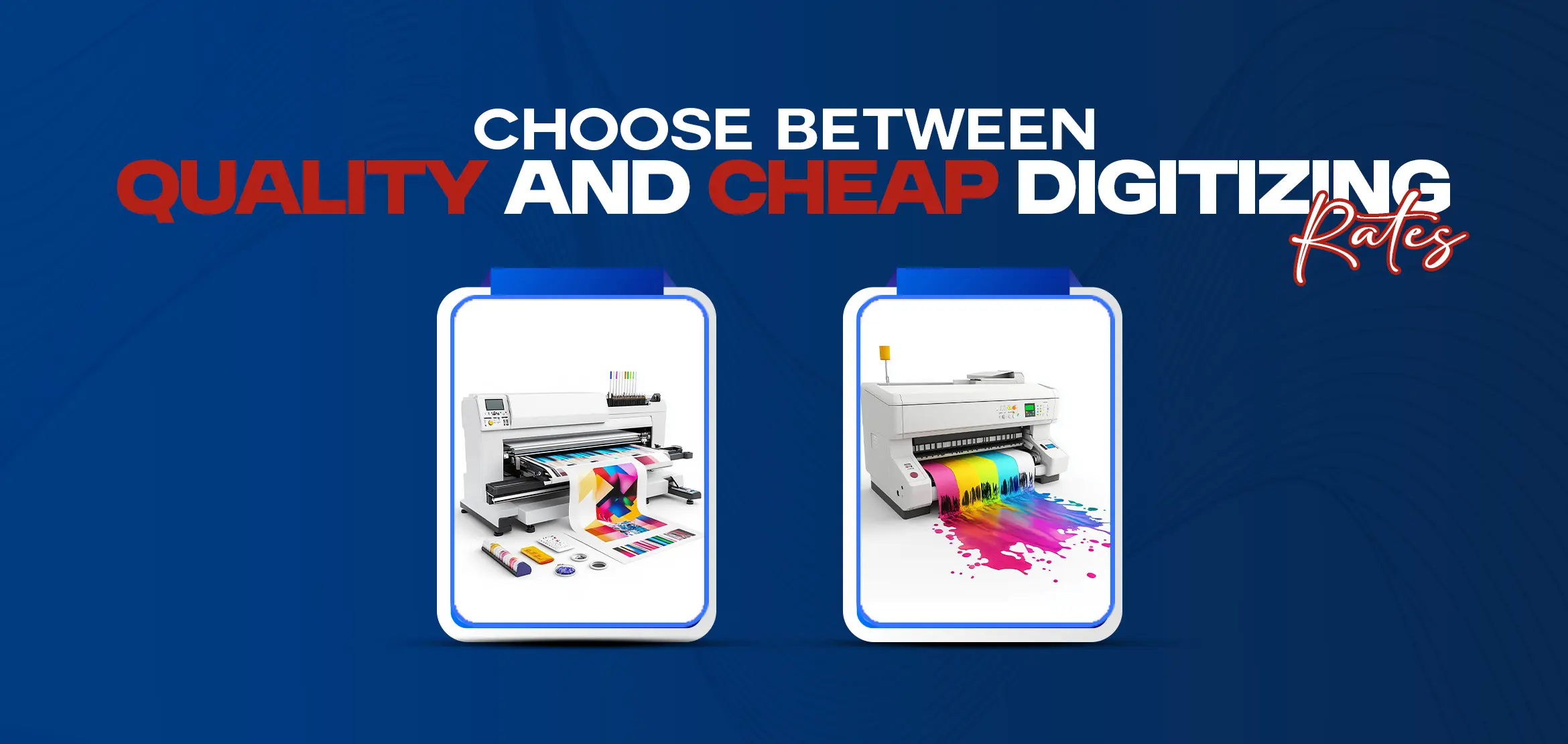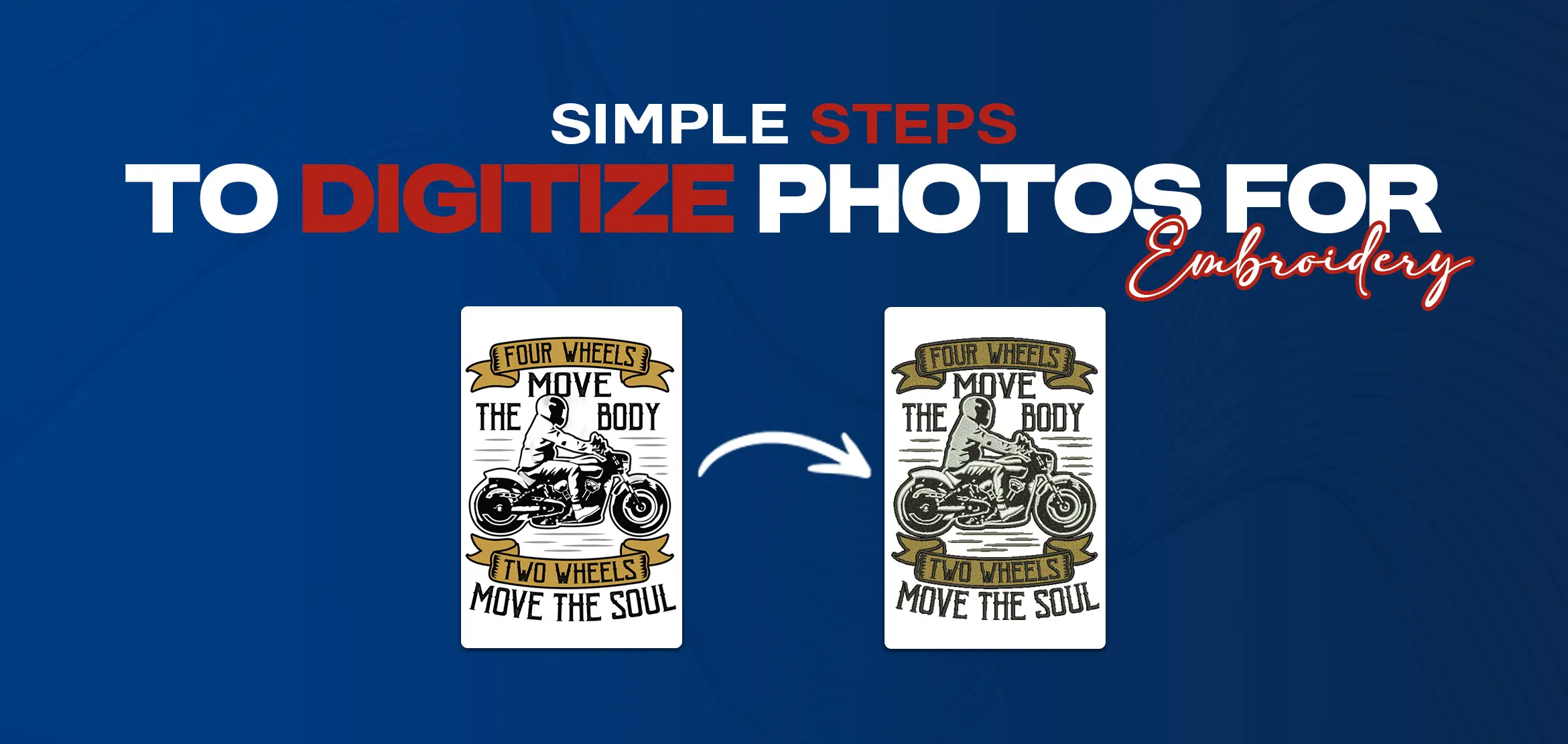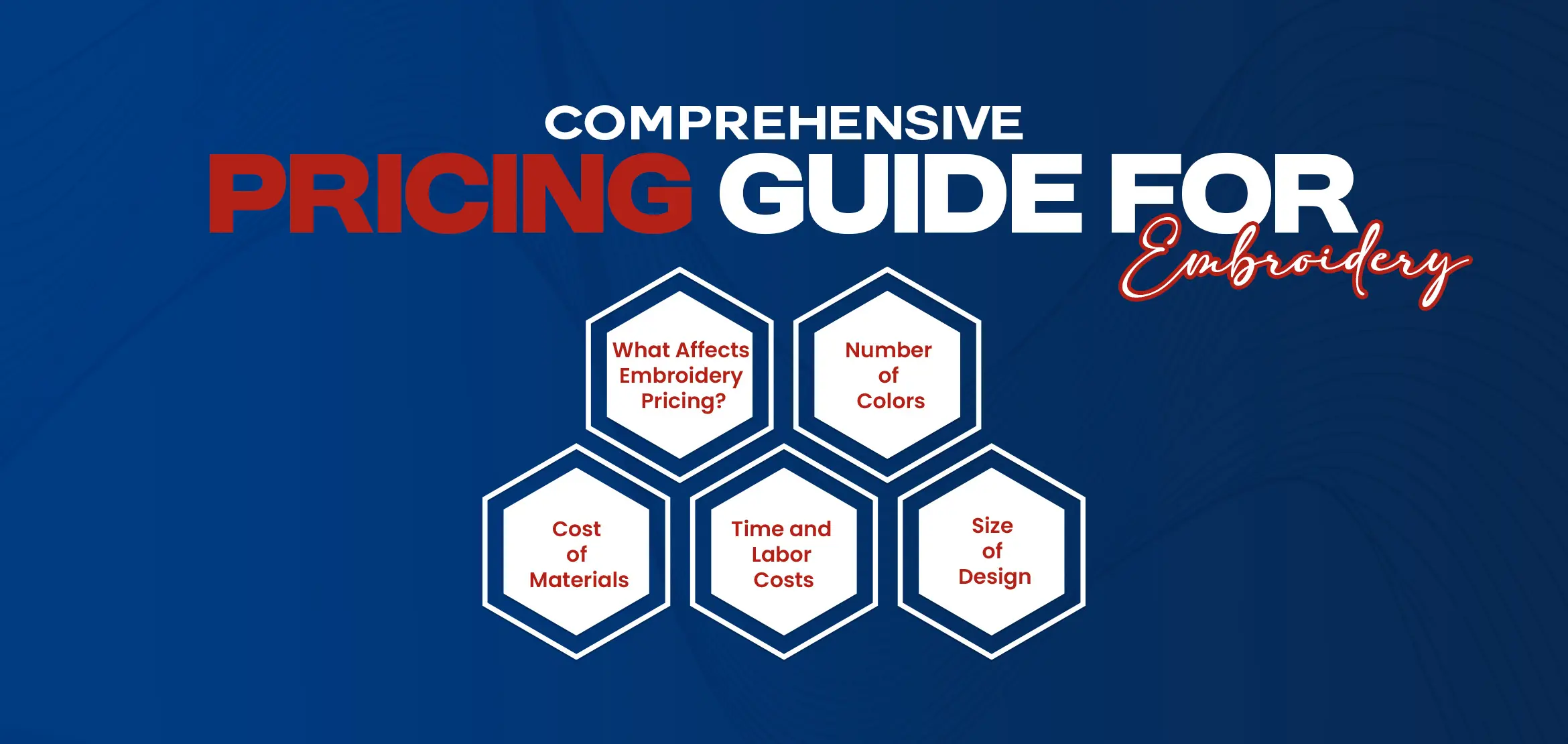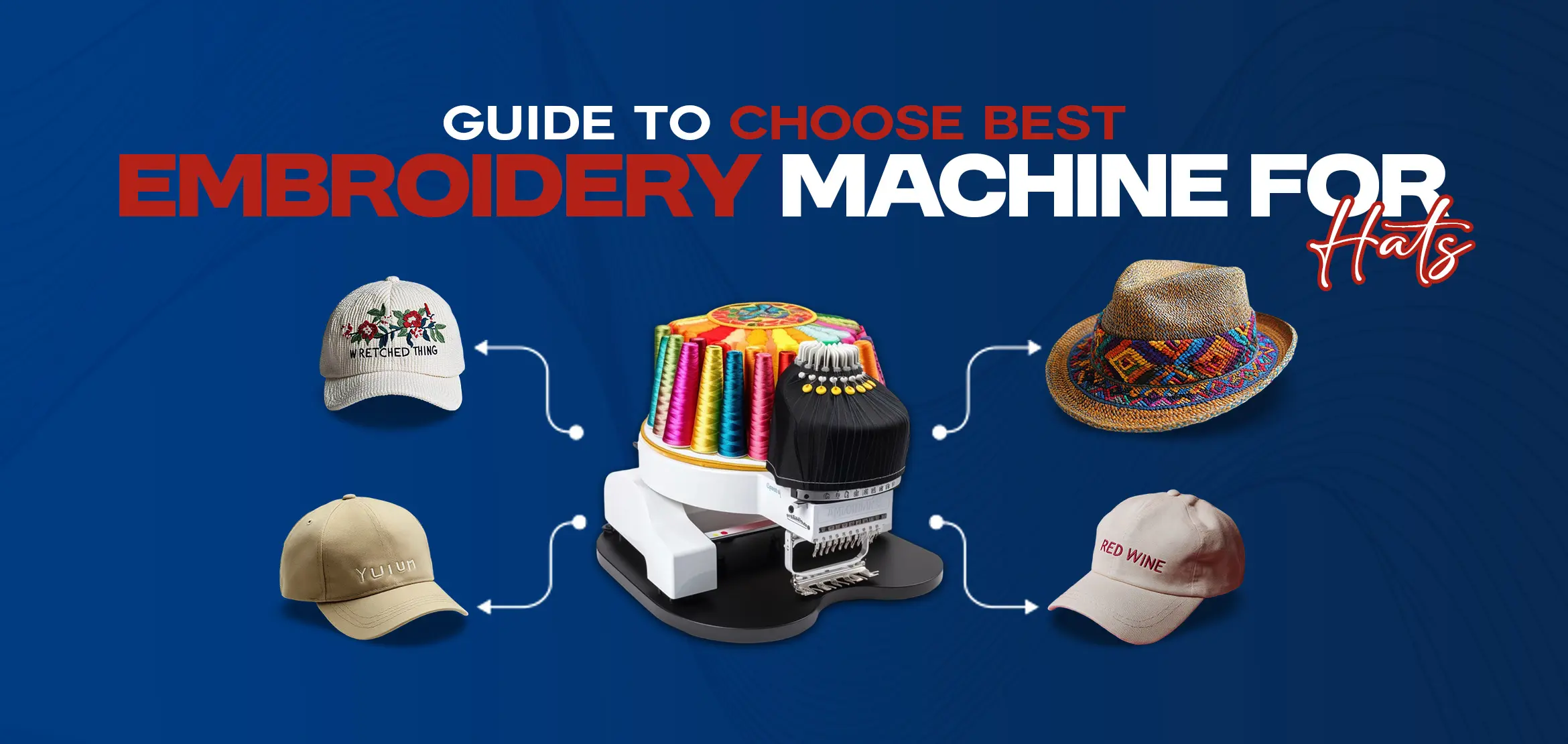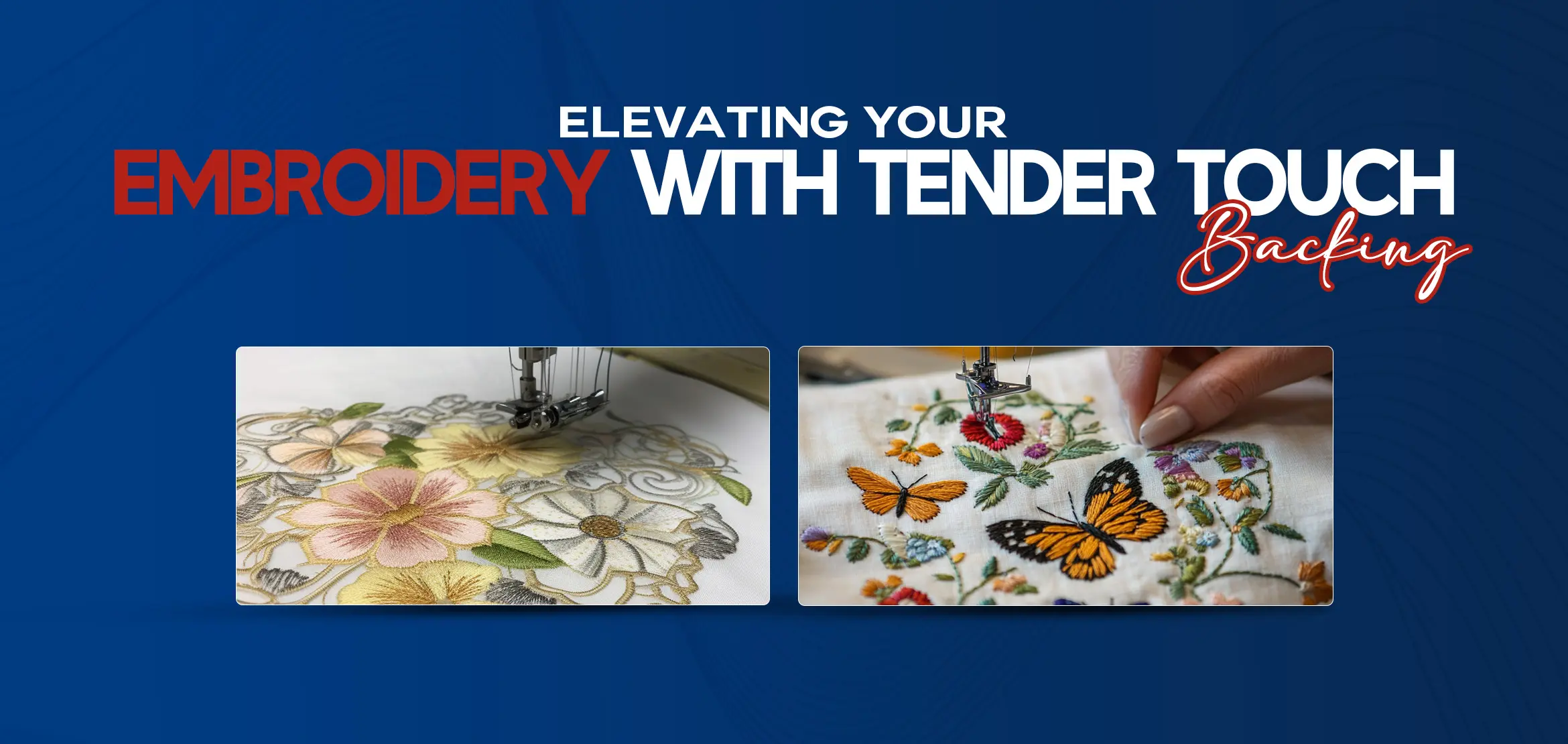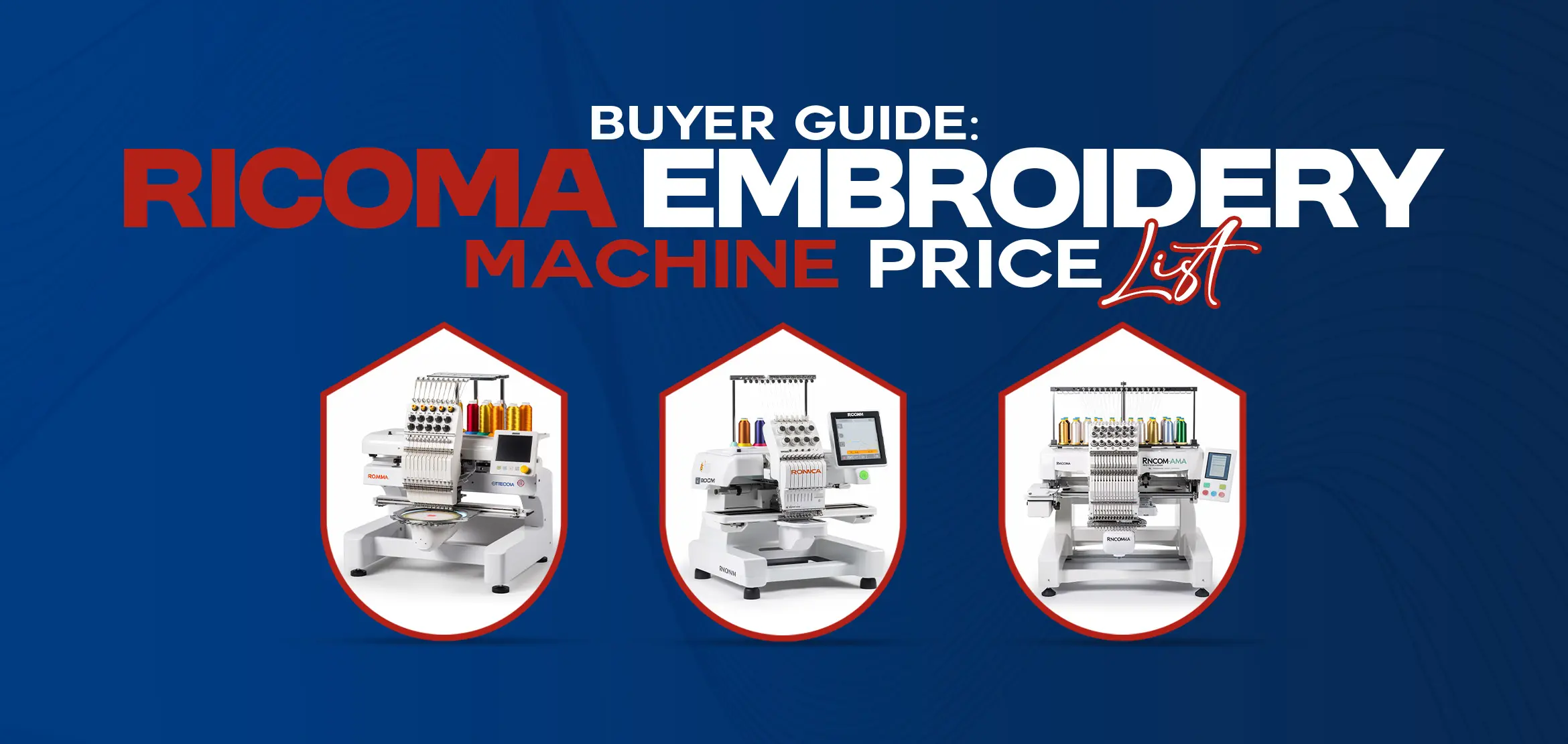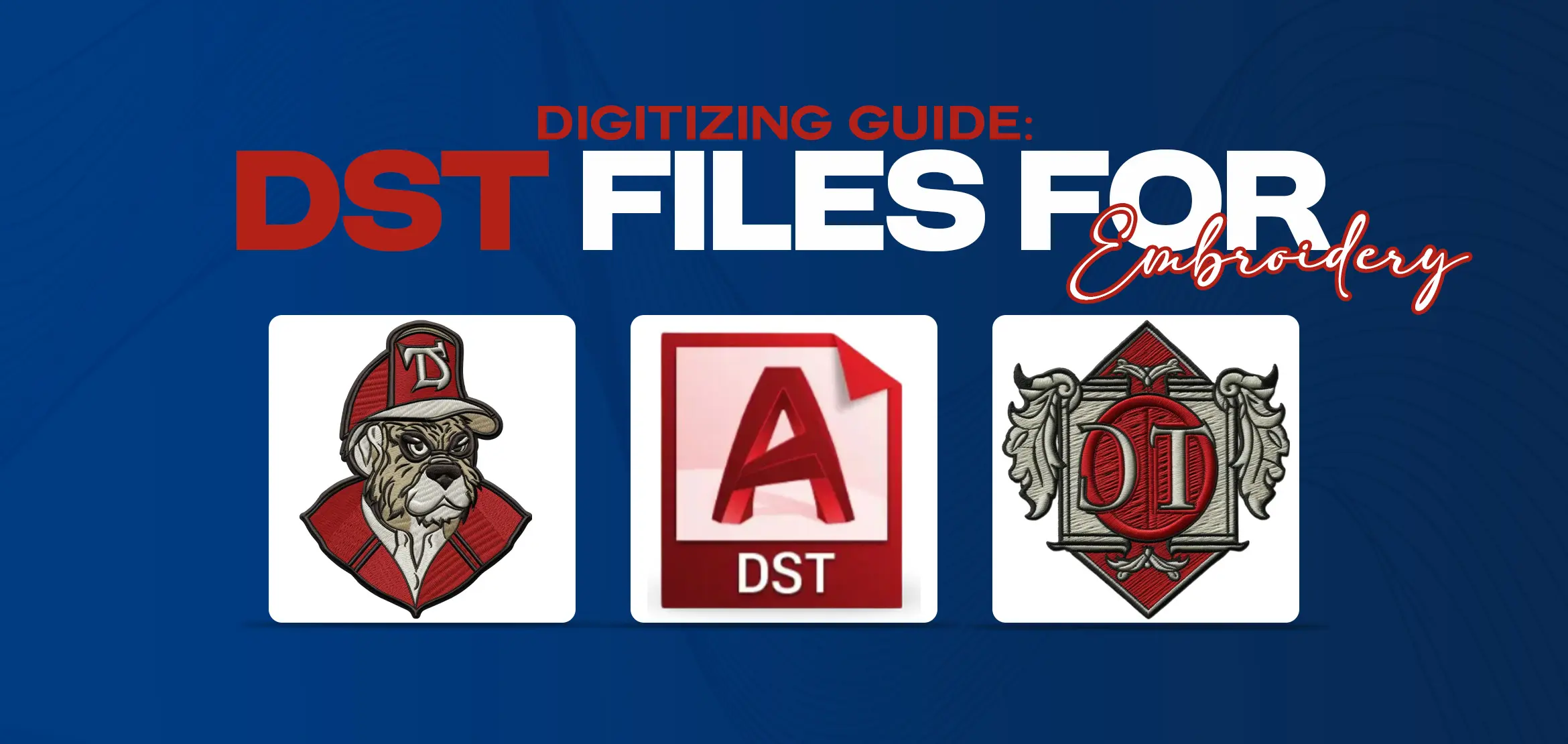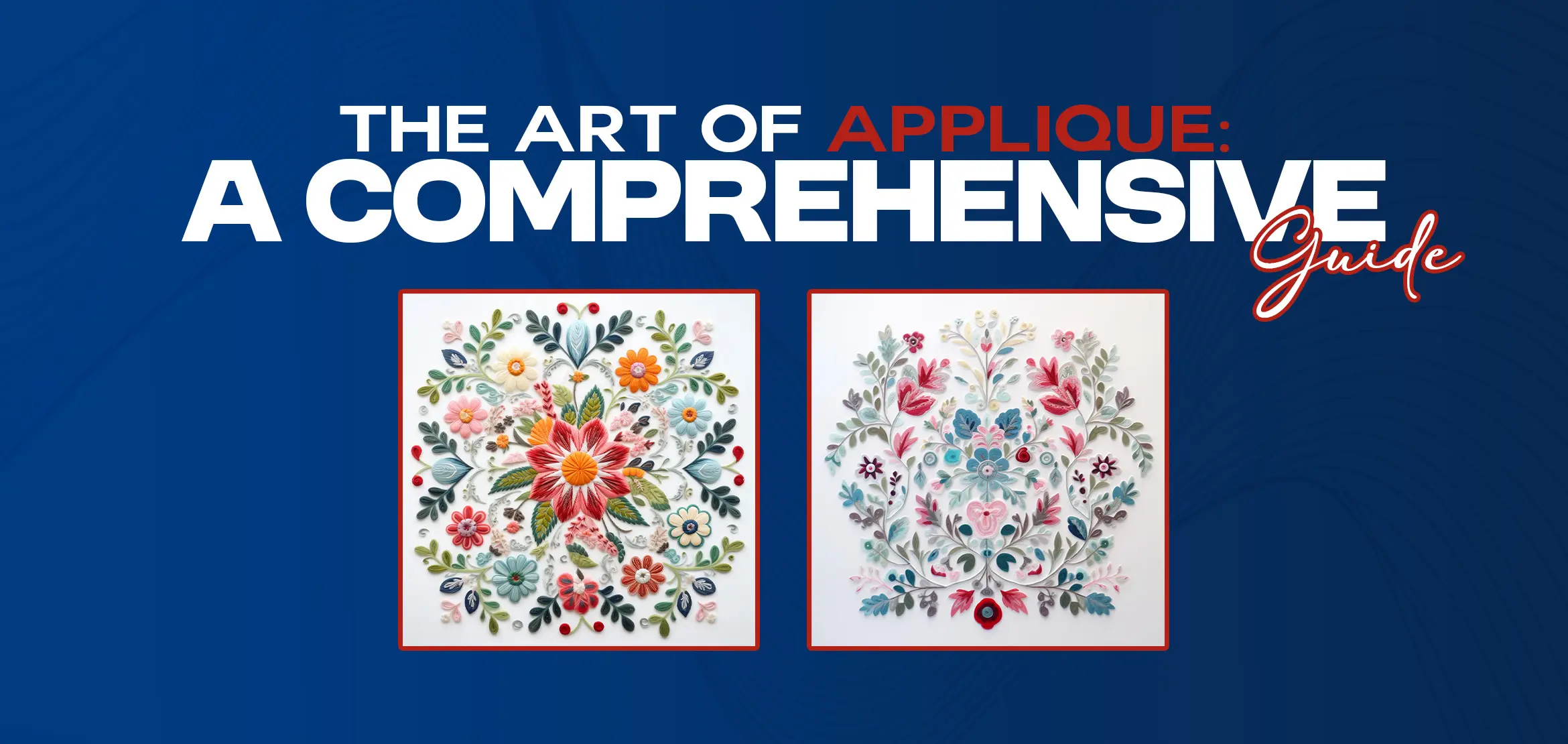
The Art of Applique: A Comprehensive Guide
Table Of Content
- Types of Appliqué
- Machine Appliqué Basics
- Necessary Supplies for Machine Appliqué
- Choosing the Right Fabric for your Project
- Step by Step Instructions for Beginners
- Basic Techniques to Get you Started With Machine Appliqué
- Experienced Quilters: Moving Beyond the Basics
- Combining Embroidery and Quilting Projects Through Applique
- Needle-Turn vs. Reverse Appliqué Methods: Pros and Cons
- Conclusion
- FAQs (Frequently Asked Questions)
Appliqué is a decorative technique that involves attaching small pieces of fabric onto a larger piece to create a design or pattern. This traditional sewing method can be used to embellish a wide range of textile items, including clothing, quilts, and home decor. Appliqué can be done by hand or by machine, and it allows for endless creativity and personalization.
Whether it's adding floral designs to a denim jacket, creating a personalized baby quilt, or customizing pillow covers with intricate patterns. Appliqué offers a way to add unique and eye-catching elements to any textile project.
Types of Appliqué
There are three main types of appliqué:
1. Raw edge
2. Turned edge
3. Needle turn
1. Raw edge appliqué involves cutting the appliqué shapes with raw edges and securing them to the background fabric with a machine or hand stitching, leaving the raw edges exposed. This technique gives a more casual and textured look to the finished piece.
2. Turned edge appliqué involves turning the edges of the appliqué shapes under and then stitching them to the background fabric. This creates a clean and smooth finish, with no raw edges visible.
3. Needle turn appliqué is a hand-sewing technique where the fabric edges are turned under while stitching the appliqué piece to the background fabric. This method results in a very precise and delicate finish, as the stitches are often nearly invisible.
The main difference between these types of appliqué lies in the techniques used to secure the appliqué pieces to the background fabric and the finished results. Raw edge gives a textured look, turned edge provides a clean finish, and needle turn allows for a precise and delicate result. Each type of appliqué offers a different aesthetic and requires different skill sets.
Machine Appliqué Basics
Machine appliqué is a technique used in sewing to apply pieces of fabric onto a larger piece to create designs or patterns. There are three common types of machine appliqué stitches used: satin stitch, blanket stitch, and decorative stitch. Satin stitch is a closely spaced zigzag stitch that covers the raw edge of the appliqué fabric. While the blanket stitch creates a neat, clean edge. Decorative stitches can vary and add a unique touch to the appliqué design.
To start machine appliqué, you will need a sewing machine, appropriate presser feet (such as a satin stitch foot or open toe foot). Appliqué scissors, and fabric materials like fusible web, interfacing, and a variety of fabrics for the appliqué design. Choosing the right fabric for the appliqué is important. As it should be sturdy enough to support the stitching but also flexible enough to move with the fabric it is being applied to.
In summary, machine appliqué is a versatile sewing technique that allows for endless creative possibilities through different stitch options, fabric choices, and tools.
Necessary Supplies for Machine Appliqué
Machine appliqué is a popular and versatile technique used in a variety of sewing and quilting projects. Whether you are a beginner or experienced in this craft, having the necessary supplies is essential to achieve the best results. From choosing the right fabric and thread to having the proper tools and accessories. Having the necessary supplies for machine appliqué is crucial for a successful and enjoyable experience. Below are some of the essential supplies you will need to get started with machine appliqué.
Choosing the Right Fabric for your Project
When choosing the right fabric for your project. It's important to consider the specific properties and best uses of each fabric type. Cotton is known for its breathability and softness, making it ideal for creating comfortable and lightweight garments. Silk is a luxurious fabric with a smooth texture and excellent drape. Making it suitable for elegant and formal attire. Wool is known for its durability and warmth, making it perfect for creating cozy winter garments.
Polyester is a synthetic fabric known for its durability, wrinkle resistance, and quick-drying properties. Making it great for activewear and outdoor apparel. Nylon is another synthetic fabric that is lightweight, strong, and resistant to abrasion. Making it suitable for creating durable and long-lasting outdoor gear and bags. When choosing the right fabric, factors such as durability, breathability, stretch, and texture should be considered based on your project requirements. By understanding the specific properties and best uses of different fabric types. You can make an informed decision that will ensure the success of your project.
Step by Step Instructions for Beginners
If you are just starting out on a new endeavor or learning a new skill. It can be overwhelming not knowing where to begin. Here are some clear and concise step-by-step instructions to help beginners navigate through the process.
Step1: Research and gather all necessary materials and resources.
Step2: Start with the basics and build a strong foundation.
Step3: Break down the task into smaller, manageable steps.
Step4: Seek guidance from experts or experienced individuals if needed.
Step5: Practice regularly to reinforce learning.
Step6: Reflect on your progress and make adjustments as necessary.
Step7: Celebrate your achievements and milestones along the way.
By following these simple steps, beginners can approach any new challenge with confidence and clarity. Remember, everyone starts as a beginner, and with dedication and perseverance, success is within reach.
Basic Techniques to Get you Started With Machine Appliqué
Machine appliqué is a versatile and fun way to add decorative fabric shapes to your sewing projects. To get started with machine appliqué, begin by preparing the fabric. Cut your appliqué fabric to the desired shape and size. Then apply a fusible web or stabilizer to the back to hold the shape and prevent fraying.
When it comes to selecting stitches for machine appliqué, the most common choices are the satin stitch and blanket stitch. The satin stitch is a tight, close-together zigzag stitch that provides a smooth and clean edge to your appliqué shape. The blanket stitch, on the other hand, is a decorative stitch that creates a border around the edge of the shape. Giving a homespun and textured look to the appliqué.
To secure the appliqué in place using a sewing machine. Carefully stitch around the edges of the shape using the chosen stitch. Take your time to ensure the stitches are even and secure.
By following these basic techniques for machine appliqué, you'll be able to add beautiful and unique embellishments to your sewing projects. With the right fabric preparation, appropriate stitches, and secure attachment. Your machine appliqué will add a personal touch to any project.
Experienced Quilters: Moving Beyond the Basics
For seasoned quilters looking to expand their skills and knowledge. Moving beyond the basics is an exciting and rewarding next step in their quilting journey. Whether it's mastering complex quilt patterns, experimenting with intricate techniques. Delving into advanced quilting tools and equipment, experienced quilters are eager to continue pushing their creative boundaries and honing their craft. In this section, we will explore how experienced quilters can take their quilting skills to the next level. From incorporating innovative design elements to exploring new materials and fabrics.
Additionally, we will discuss how experienced quilters can find inspiration. Take on challenging projects, and share their expertise with the quilting community. Whether you've been quilting for years or are simply looking to expand your quilting horizons. This section will provide valuable insights and tips for taking your quilting skills to the next level.
Intricate Designs and Perfect Techniques for Experienced Quilters
Experienced quilters employ advanced techniques and intricate designs to create stunning and complex quilts. They utilize a wide range of advanced quilting patterns. From traditional to modern, to produce exquisite and layered designs. These patterns often involve intricate stitching methods, such as free-motion quilting or custom embroidery. To add depth and dimension to the quilt. Precision cutting and piecing are also crucial in achieving flawless and seamless designs.
Attention to detail is paramount for experienced quilters. They meticulously plan and execute each step of the quilting process. Ensuring that every stitch is perfectly placed and every seam is carefully aligned. By mastering advanced techniques, such as fabric manipulation and appliqué. They are able to achieve intricate and elaborate designs that captivate the eye.
Overall, experienced quilters set themselves apart through their dedication to perfecting their craft and creating visually stunning quilts that showcase their advanced skills. Their ability to blend advanced quilting patterns, intricate stitching methods. Precision cutting and piecing results in awe-inspiring, heirloom-quality quilts.
Combining Embroidery and Quilting Projects Through Applique
Combining embroidery and quilting projects through the art of applique is a creative way to add dimension, texture, and intricate designs to your quilt blocks.
When choosing fabric for applique, look for materials that complement your quilt's theme and color scheme. Cotton, wool, and felt are popular choices for applique projects. Consider the texture and weight of the fabric to ensure it will hold up well over time.
To create designs for applique, consider using embroidery patterns as a starting point. You can embroider intricate designs on fabric and then use them as applique pieces on your quilt blocks. Alternatively, you can use premade applique designs and enhance them with embroidery stitches to add more detail and character.
Attaching applique to quilt blocks can be done using various methods such as fusible web, machine stitching, or hand stitching. Fusible web is a popular choice for its ease of use. While machine stitching and hand stitching provide a more traditional and durable finish.
By combining embroidery and quilting through applique. You can create one-of-a-kind projects that showcase your creativity and attention to detail. Experiment with different fabrics, designs, and attachment methods to add a personal touch to your quilting projects.
Needle-Turn vs. Reverse Appliqué Methods: Pros and Cons
Needle-turn appliqué and reverse appliqué are two popular methods of applying fabric onto a background fabric. Needle-turn appliqué involves turning the raw edges of the fabric under. Reverse appliqué involves cutting away the background fabric to reveal the appliqué fabric underneath.
The pros of needle-turn appliqué include its flexibility and control in shaping the fabric, creating a smooth and seamless look. However, it can be more time-consuming and require a higher level of skill. Reverse appliqué, on the other hand. Faster and easier to execute, but it may not offer as much precision and control.
For projects requiring intricate designs and detailed shapes, needle-turn appliqué is best suited. Such as creating floral motifs on quilts or small textile art pieces.
Reverse appliqué, on the other hand, is ideal for larger, bold designs and projects that require efficiency. Like making geometric patterns on quilts or home decor items.
Conclusion
The art of appliqué opens up a world of creative possibilities, whether you're a novice or an experienced quilter. Our embroidery services provide an excellent avenue to enhance your projects. Combining intricate designs with quilting through the versatile technique of appliqué. From the basics for beginners to advanced techniques for seasoned quilters, our services cater to every skill level.
Explore the myriad possibilities, choose the right fabric, and follow step-by-step instructions to achieve stunning results. Elevate your quilting journey with precision, creativity, and the unique touch our embroidery services offer. Start your next project with us today! #BestEmbroideryServices
FAQs (Frequently Asked Questions)
Q1. What are the three main types of appliqué mentioned in the guide?
The three main types of appliqué are raw edge, turned edge, and needle turn. Raw edge provides a textured look, turned edge gives a clean finish, and needle turn offers a precise and delicate result.
Q2. Which stitches are commonly used in machine appliqué, and what do they achieve?
The common stitches in machine appliqué are satin stitch, blanket stitch, and decorative stitch. Satin stitch covers raw edges, blanket stitch creates a clean edge, and decorative stitches add a unique touch.
Q3. What are the essential supplies for machine appliqué, as mentioned in the guide?
Essential supplies for machine appliqué include a sewing machine, appropriate presser feet, appliqué scissors, and materials like fusible web and interfacing. These tools ensure a successful machine appliqué experience.
Q4. What fabric types are recommended for specific projects in the guide?
Cotton is recommended for comfortable garments, silk for elegant attire, wool for cozy winter wear, polyester for activewear, and nylon for durable outdoor gear. Fabric choice depends on project requirements.
Q5. What are the pros and cons of needle-turn appliqué and reverse appliqué methods?
Needle-turn appliqué offers precision and seamless edges but is slower and more challenging. Reverse appliqué is quicker and easier but may be less precise. Both methods suit different types of projects.
